Scientist-led conferences at Harvard, Stanford and MIT
-

Implanted sensors track dopamine for a year
Helen Schwerdt, Ann Graybiel, Michael Cima, Bob Langer, and MIT colleagues have developed and implantable sensor that can measure dopamine in the brain of rodents for more than one year. They believe that this can inform the treatment and understanding of Parkinson’s and other brain diseases. According to Graybiel, “Despite all that is known about…
-

DARPA: Three aircraft virtually controlled with brain chip
Building on 2015 research that enabled a paralyzed person to virtually control an F-35 jet, DARPA’s Justin Sanchez has announced that the brain can be used to command and control three types of aircraft simultaneously. Click to view Justin Sanchez’s talk at ApplySci’s 2018 conference at Stanford University Join ApplySci at the 9th Wearable Tech…
-

VR + motion capture to study movement, sensory processing, in autism, AD, TBI
MoBi, developed by John Foxe at the University of Rochester, combines VR, EEG, and motion capture sensors to study movement difficulties associated with neurological disorders. According to Foxe, “The MoBI system allows us to get people walking, using their senses, and solving the types of tasks you face every day, all the while measuring brain activity…
-
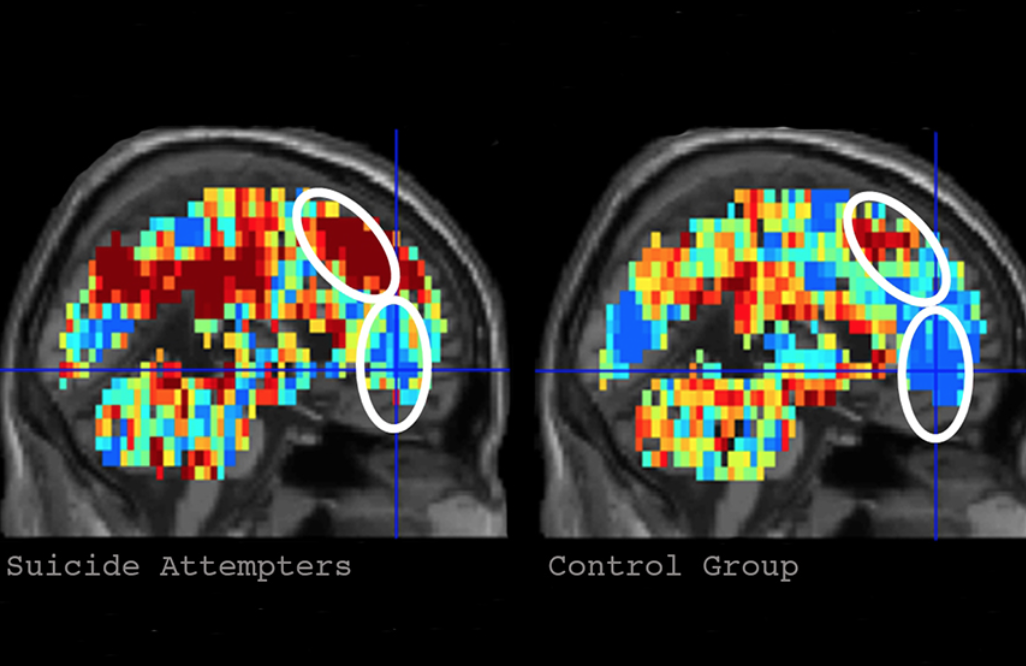
Brain imaging to detect suicidal thoughts
Last year, Carnegie Mellon professor Marcel Just and Pitt professor David Brent used brain imagining to identify suicidal thoughts. Supported by the NIMH, they are now working to establish reliable neurocognitive markers of suicidal ideation and attempt. They will examine the differences in brain activation patterns between suicidal and non-suicidal young adults as they think about…
-
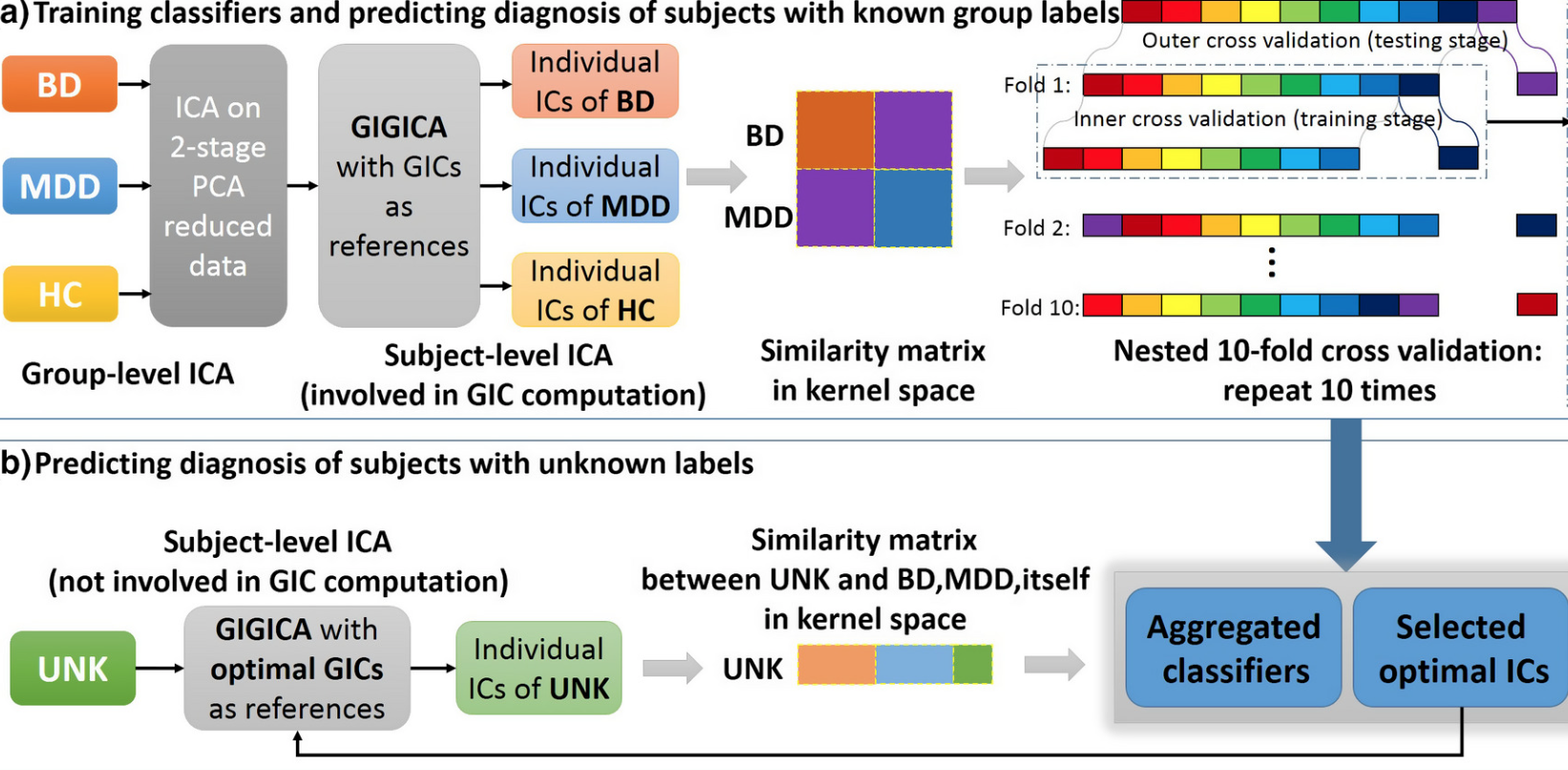
AI predicts response to antipsychotic drugs, could distinguish between disorders
Lawson Health Research Institute, Mind Research Network and Brainnetome Center researchers have developed an algorithm that analyzes brain scans to classify illness in patients with complex mood disorders and help predict their response to medication. A recent study analyzed and compared fMRI scans of those with MDD, bipolar I, and no history of mental illness, and…
-

AI speeds MRI scans
Facebook and NYU’s fastMRI project, led by Larry Zitnick, uses AI in an attempt to make MRI imaging 10 times faster. Neural networks will be trained to fill in missing or degraded parts of scans, turning them from low resolution into high. The goal is to significantly reduce the time patients must lie motionless inside an…
-

Wireless system could track tumors, dispense medicine
Dina Katabi and MIT CSAIL colleagues have developed ReMix, which uses lo power wireless signals to pinponit the location of implants in the body. The tiny implants could be used as tracking devices on shifting tumors to monitor movements, and in the future to deliver drugs to specific regions. The technology showed centimeter-level accuracy in animal…
-

Invasive deep brain stimulation for alcoholism?
Stanford’s Casey Halpern and Allen Ho have used deep brain stimulation to target nucleus accumbens, thought to reduce impulsive behavior, to combat alcoholism in animal and pilot human studies. DBS is used in severe Parkinson’s disease and is not approved by the FDA for addiction. Infection and other complications are risks of this invasive surgery. ApplySci hopes that…
-
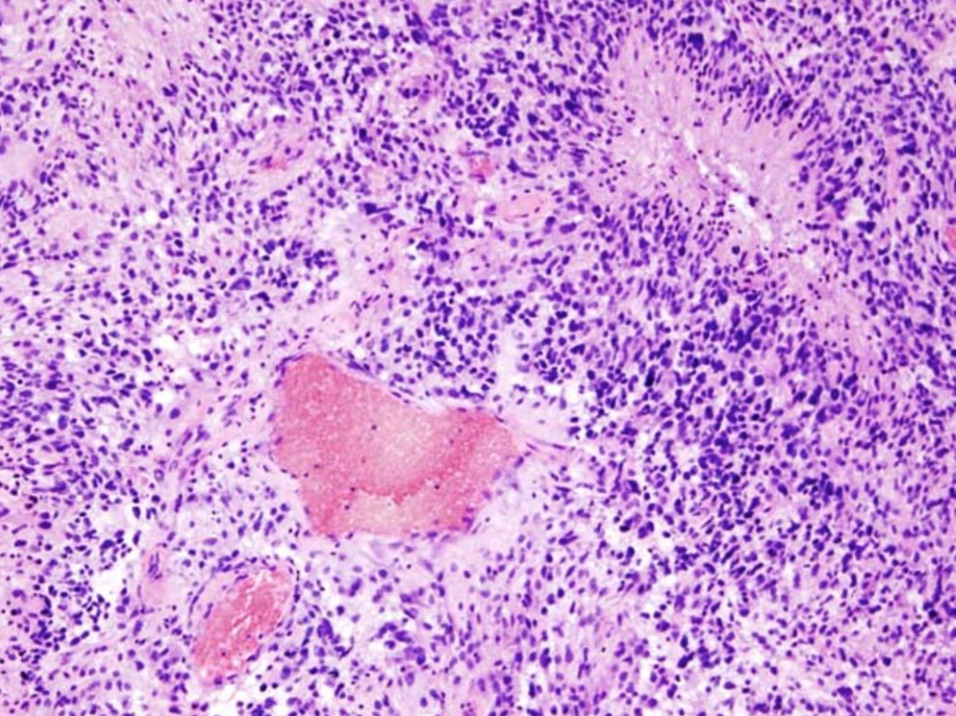
AI – optimized glioblastoma chemotherapy
Pratik Shah, Gregory Yauney, and MIT Media Lab researchers have developed an AI model that could make glioblastoma chemotherapy regimens less toxic but still effective. It analyzes current regimens and iteratively adjusts doses to optimize treatment with the lowest possible potency and frequency toreduce tumor sizes. In simulated trials of 50 patients, the machine-learning model…
-

Wrist wearable measures blood counts, bacteria, air particles
Rutgers scientists Mehdi Javanmard and Abbas Furniturewalla have developed a wrist wearable that can count particles, including blood cells, bacteria, and organic or inorganic air particles. Red blood cell counts can indicate internal bleeding. High or low white blood cell counts can indicate cancers, such as leukemia, or other illnesses. The plastic wristband includes a flexible circuit…
-
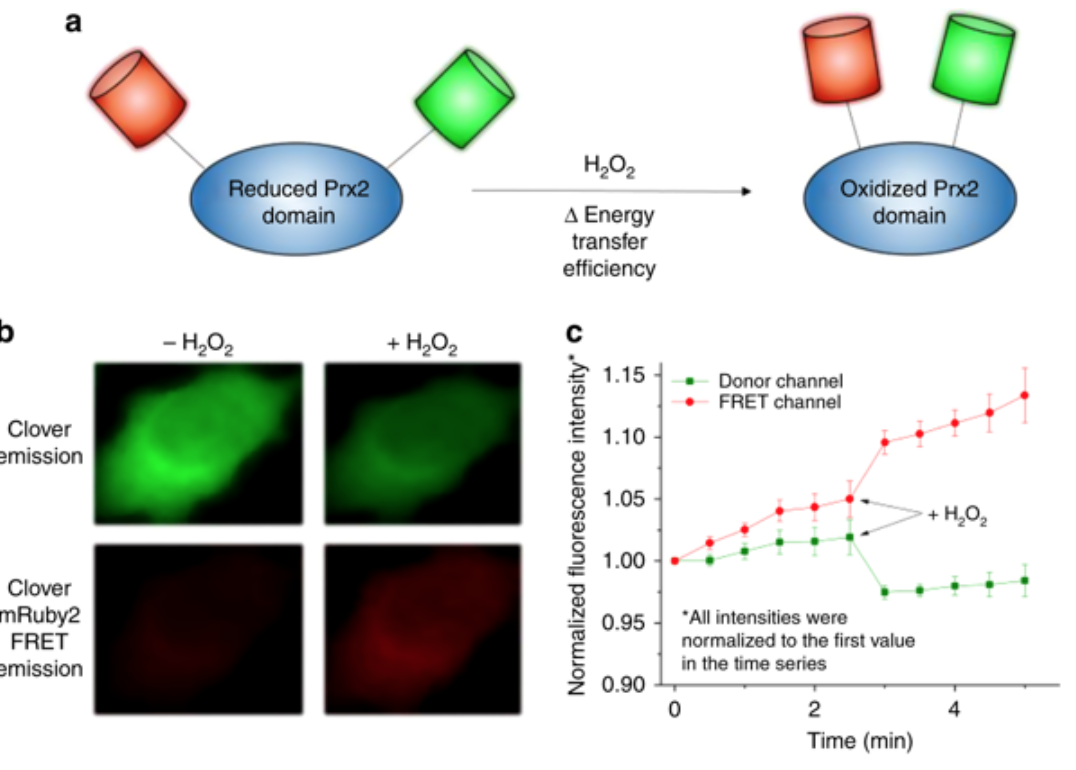
Hydrogen peroxide sensor to determine effective chemotherapy
MIT’s Hadley Sikes has developed a sensor that determines whether cancer cells respond to a particular type of chemotherapy by detecting hydrogen peroxide inside human cells. The technology could help identify new cancer drugs that boost levels of hydrogen peroxide, which induces programmed cell death. The sensors could also be adapted to screen individual patients’…
-
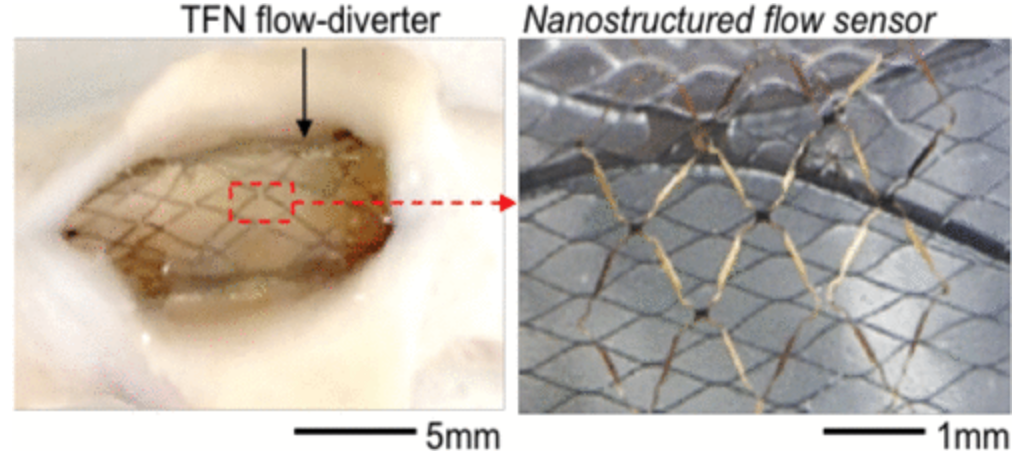
Sensor could continuously monitor brain aneurysm treatment
Georgia Tech’s Woon-Hong Yeo has developed a proof of concept, flexible, stretchable sensor that can continuously monitor hemodynamics when integrated with a stent like flow diverter after a brain aneurysm. Blood flow is measured using capacitance changes. According to Pittsburgh professor Youngjae Chun, who collaborated with Yeo, “We have developed a highly stretchable, hyper-elastic flow diverter using a…
Got any book recommendations?